Buying a Natural Diamond? Reasons To Be Confident Natural Diamonds Are Sustainable
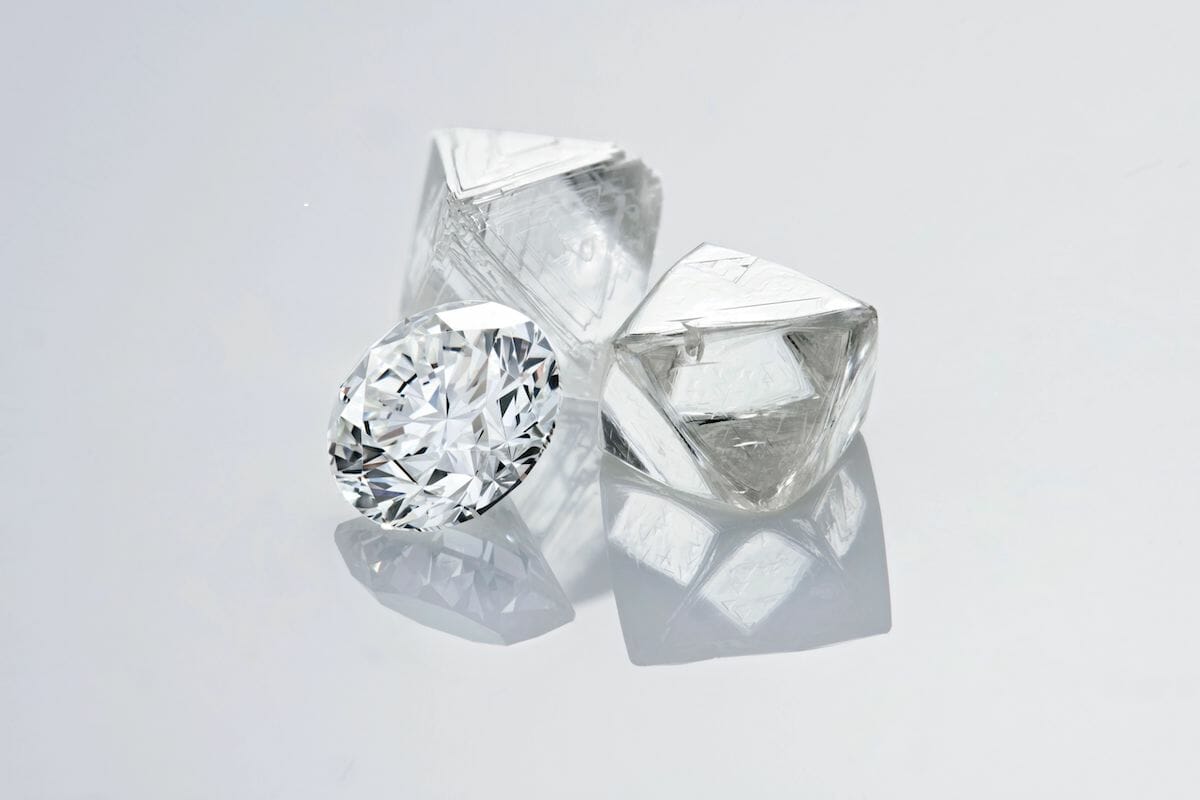
You are searching for sustainable natural diamonds like an engagement ring, a jewel that you or your partner plan to wear for years to come and pass down to the next generation one day. It’s precious, sentimental, and a celebration of love! But there is more to your diamond’s story. You should know its legacy, where it originated, its impact on the environment, and the community where it was discovered.
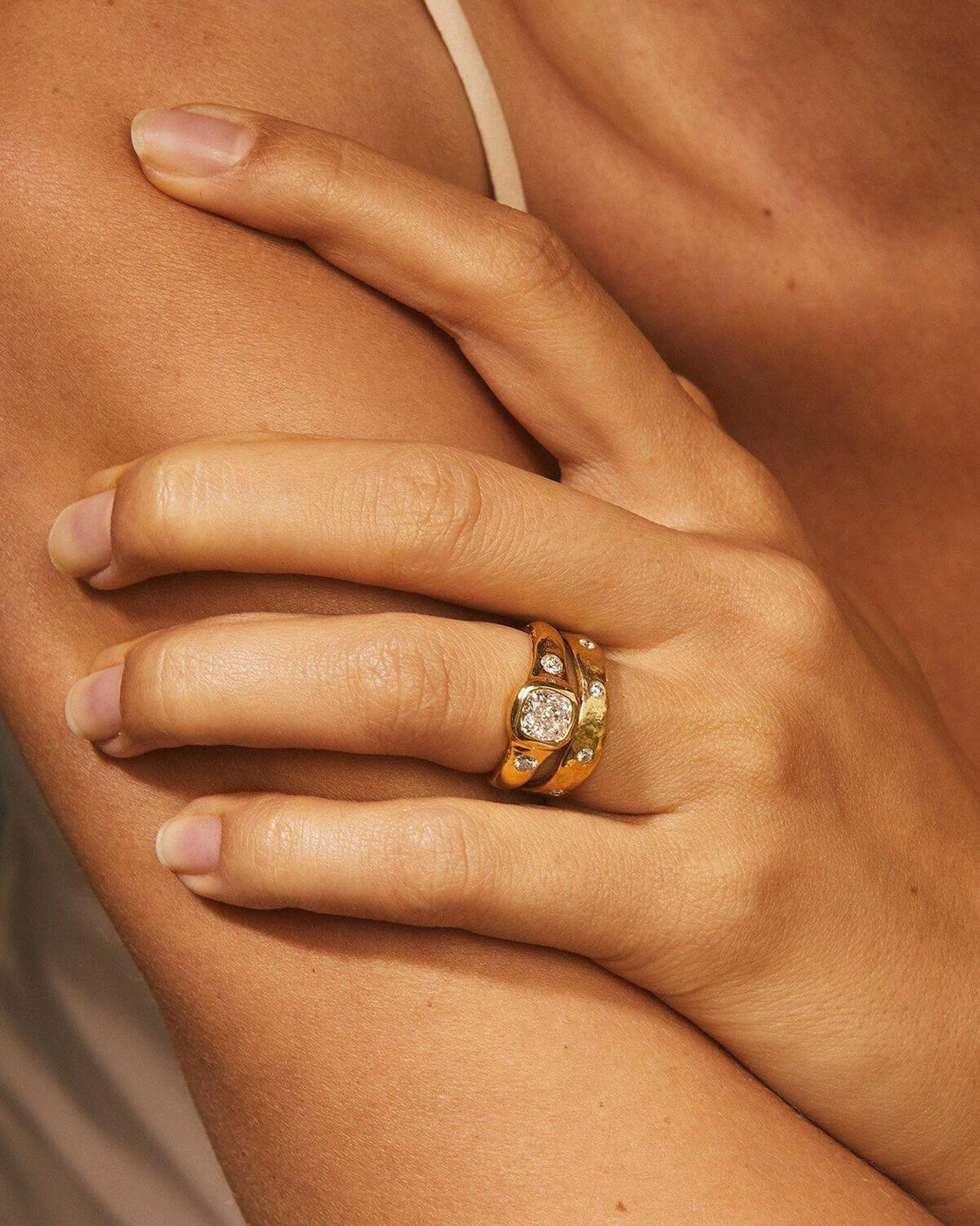
Read More: Education: A Lifelong Gift from the World of Diamonds
That’s a lot to unpack in a small stone. But an ethically sourced natural diamond represents much more than its carat weight and setting. Diamonds were formed over billions of years deep within the earth’s surface in some of the world’s most remote regions. Once the stones are unearthed, they pass through the hands of cutters, designers, craftspeople, and retailers before you discover the diamond, the stone that speaks to you.
How are sustainable natural diamonds sourced?
It’s easier than ever to purchase ethically sourced diamonds.
Not long ago, it was a challenge (almost impossible) to uncover a natural diamond’s full journey, but over the past several years the industry has increased its supply chain transparency, making it easier for wholesalers and retailers to identify a stone’s path, ensure its ethical sourcing and share that information with consumers. From the very beginning when diamonds are recovered, the diamond companies are highly regulated and evaluated by independent sources. The diamond sites are operated safely, are responsible stewards of the environment, and guarantors that the surrounding local communities benefit from their natural resources.
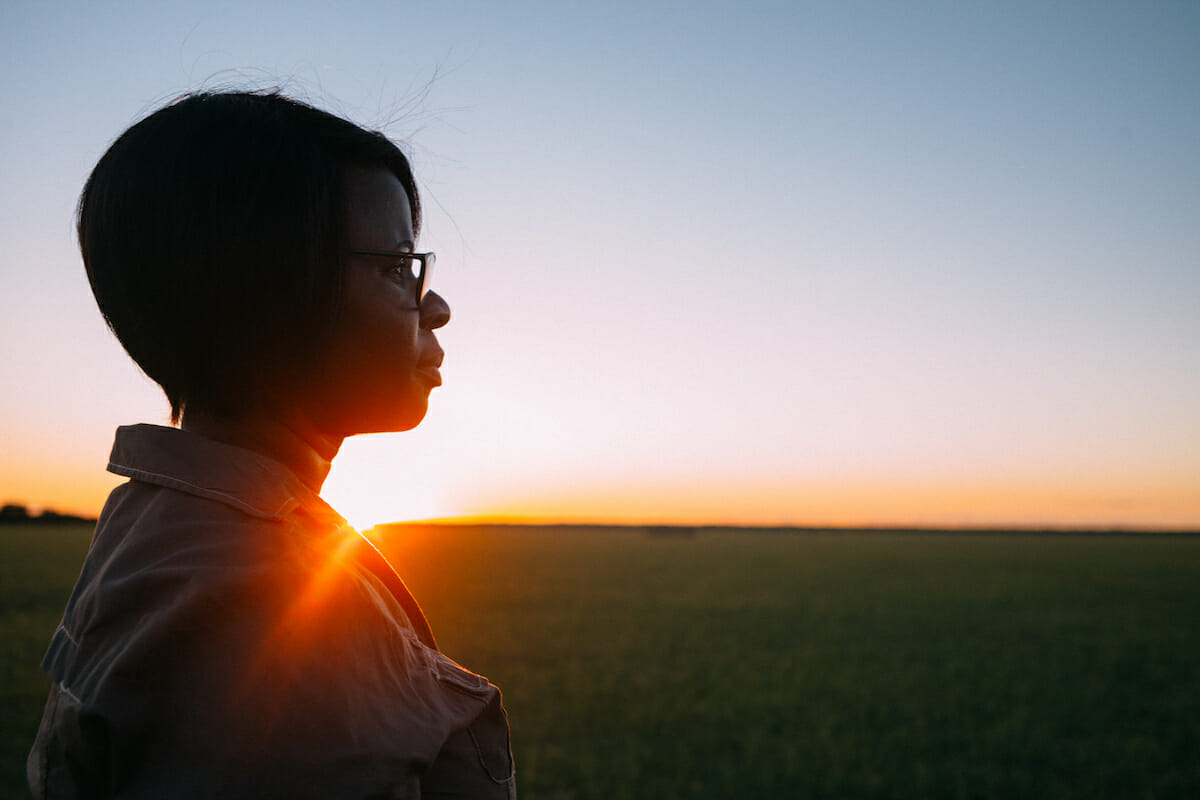
What are sustainable diamonds?
Watch out for greenwashing… learn the facts – they tell the truth.
In this era of greenwashing, when terms like sustainable and ethical are often misrepresented, you might be asking: what is a sustainable diamond? It’s a forever recyclable and valuable stone that has helped create a sustainable legacy. They were was recovered by ethical and accountable sources (monitored by third party independent regulators) which comply with stringent guidelines and contribute to the economic, social, and environmental sustainability of the region from where it was discovered.

More than just knowing you’re buying sustainable diamonds from ethical sources, today you can also ask about how your diamond helped international communities and protected the environment. They do so by supporting education, healthcare, biodiversity and more. You will know your investment and precious stone isn’t just a pretty jewel.
How can natural diamonds make a difference?
Ethically sourced natural diamonds support the livelihoods of 10 million people.
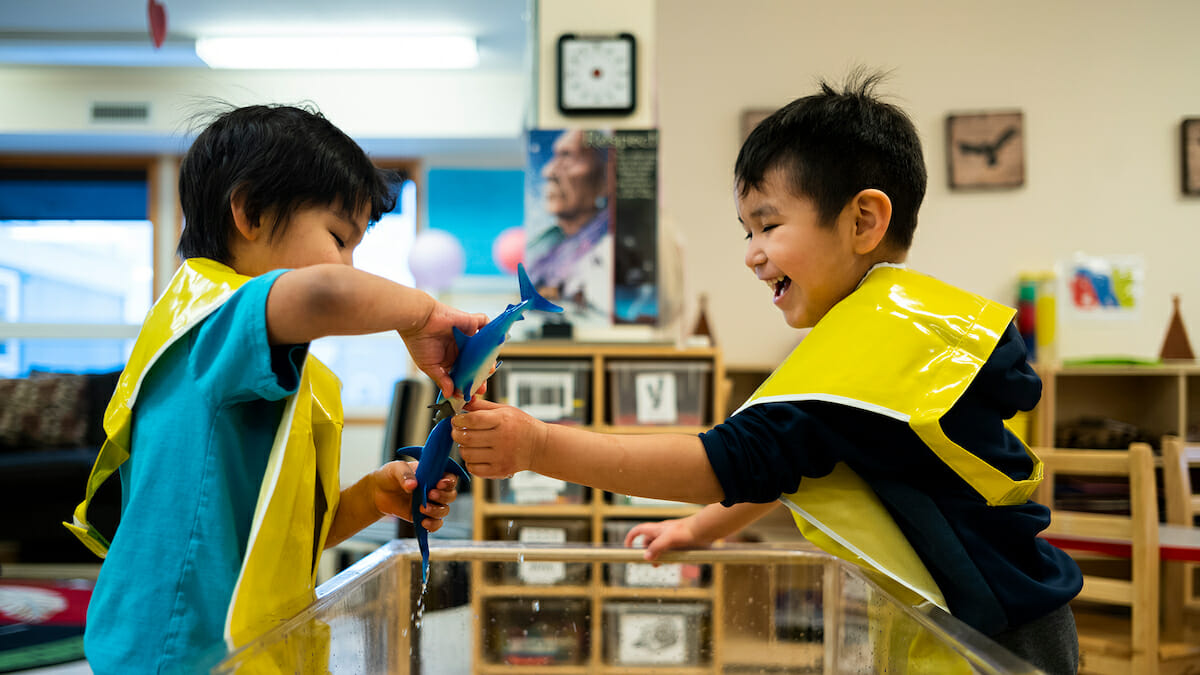
The positive impact is impressive – and factual. The sustainable natural diamond industry has profoundly impacted the lives of millions of people where it uncovers stones: It supports 10 million people worldwide and 80 percent of the value created by sustainable natural diamond recovery is retained by local communities. That translates into $6.8 billion annually going directly to local communities. The industry also protects and rehabilitates the environment: it ensures that once a mine is closed, the land is restored and rejuvenated, and has a positive impact on the community for generations to come.

How do you know if your diamond was sourced sustainably?
Simply ask.
All retailers must provide assurance for the ethical sourcing of the diamonds you are about to purchase. Tiffany & Co, for example, offers the Diamond Craft Journey for stones of .18 carats or larger, which identifies the country where the diamond was crafted and maps every step of the stone’s journey from the cutter to the setter. DeBeers developed a Code of Origin, a customized code unique to your diamond that provides assurance that it is natural, it has followed industry-leading ethical standards, and was discovered by De Beers in Botswana, Canada, Namibia or South Africa. But most importantly it also demonstrates the positive impact the natural diamond had on its local community.
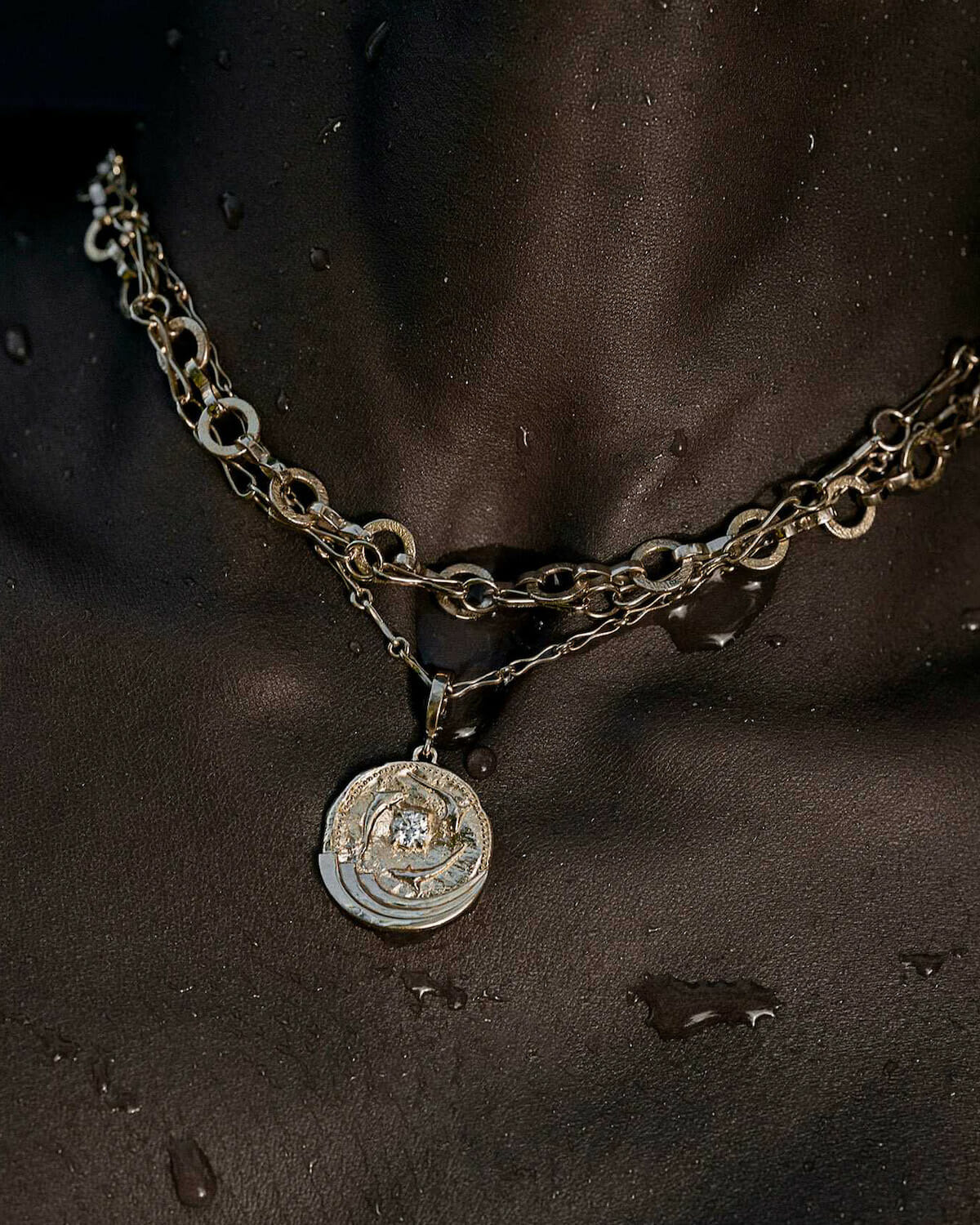
It’s not just Tiffany’s and DeBeers, but numerous jewelry brands both big and small are certified by the Responsible Jewellery Council (RJC), which enlists independent third-party auditors to verify that brands adhere to its stringent Code of Practices. The RJC Code of Practices includes a provenance claim provision which allows RJC members to make claims about the way they source their materials, including diamonds, which are then audited.
It’s a surefire way to verify that your diamond is ethically and sustainably sourced – and helping to better diamond-producing communities.
Bottom line: It’s easier than ever to discover your diamond’s journey and its beautiful legacy– and that will make it shine even brighter.
